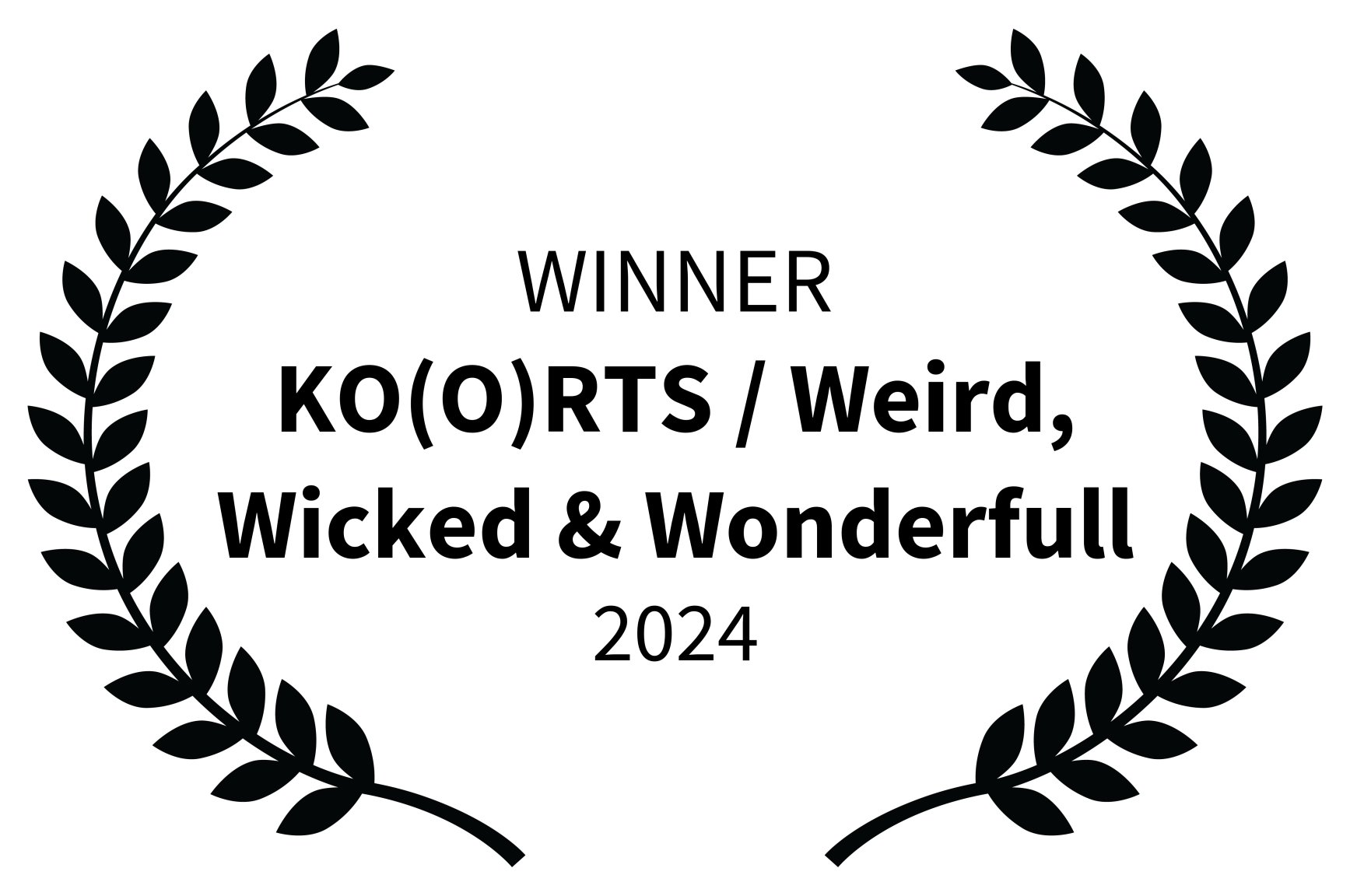Body’s Blindness
Body’s Blindness
All of us spend our lives carrying out a performance. The main character in this stop motion film tries their best to put on a good show, but loses sight of the important things in life along the way. While the first act is filled with nature and happiness, greed and materialism strikes eventually. Busy with acquiring the luxuries of modern life and perfecting the performance, the main character misses out on friendships, purpose and happiness. When finally ready to perform the perfect show, will there be someone left to behold?
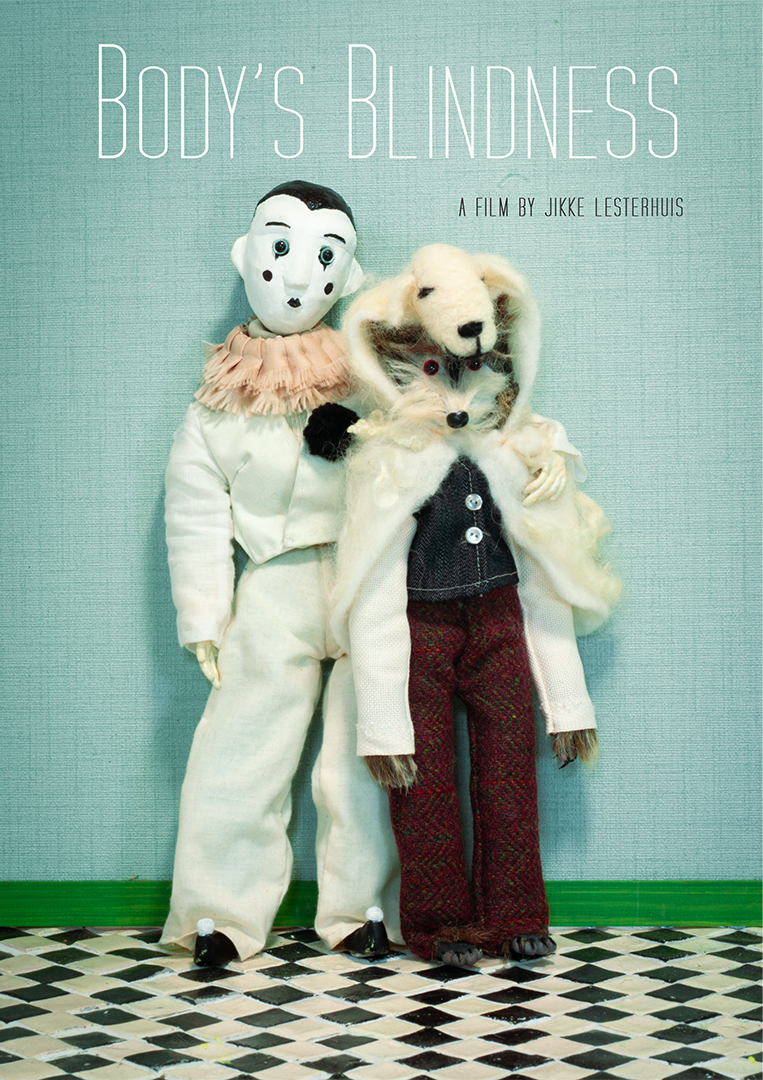
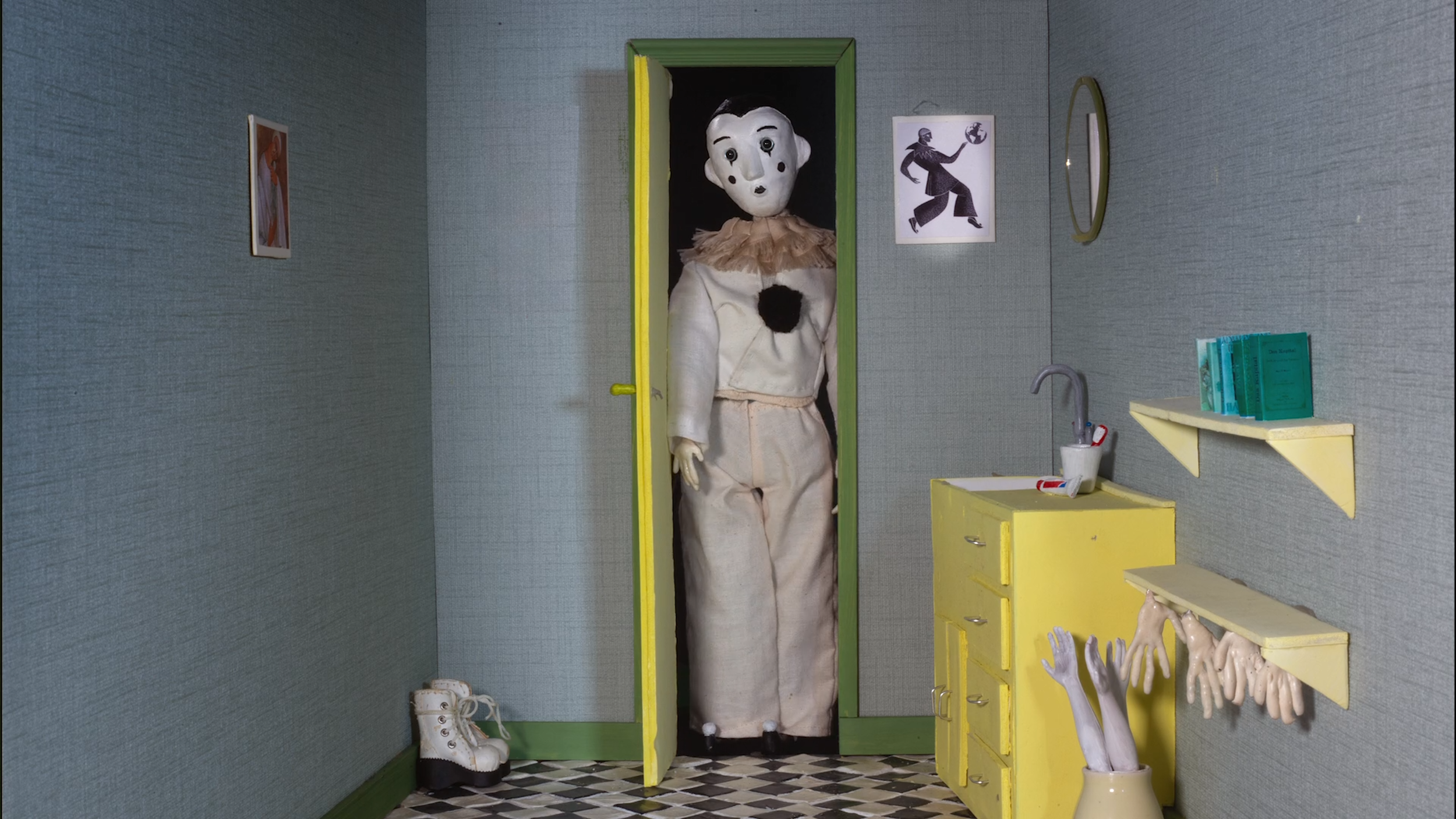
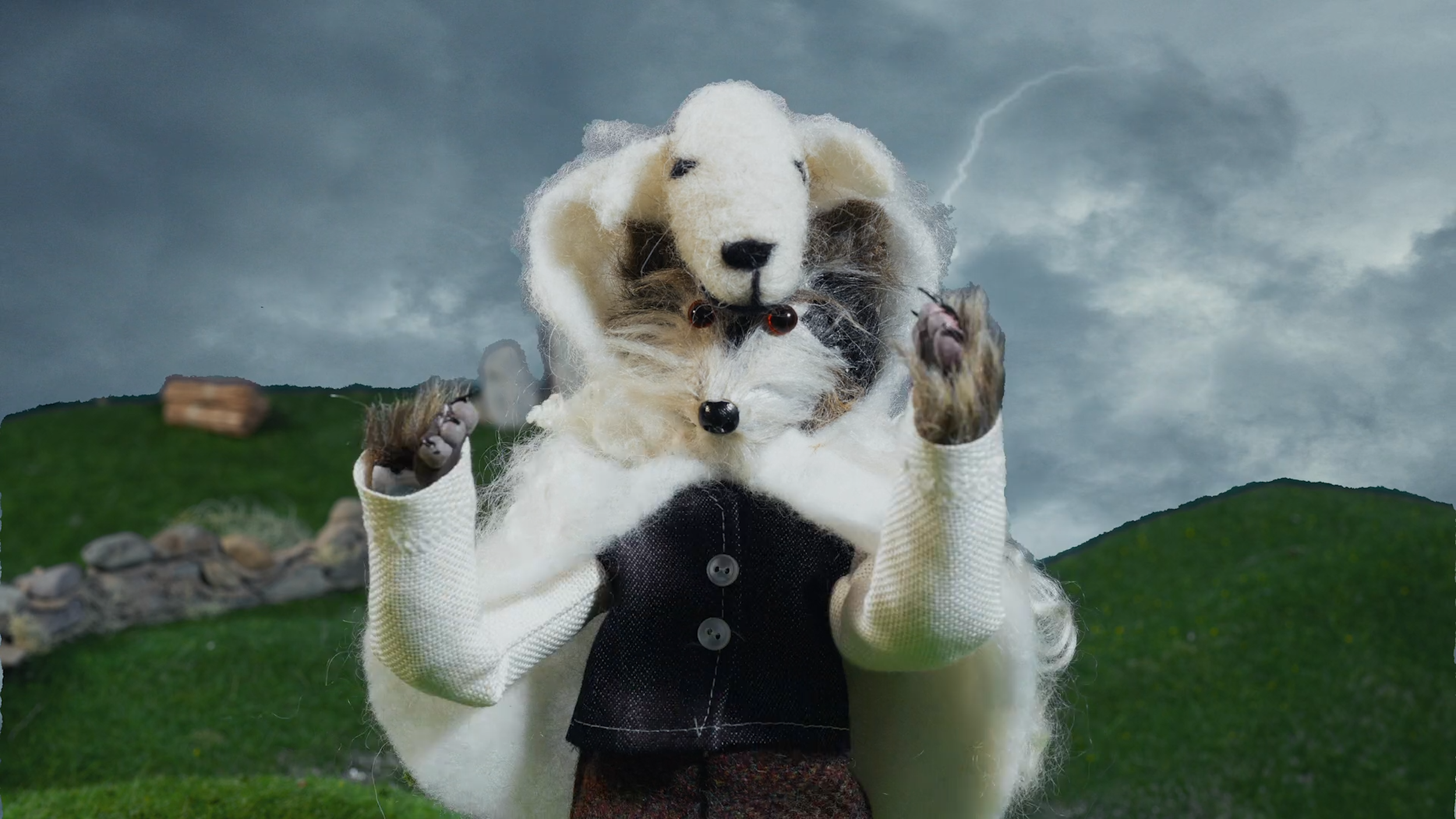
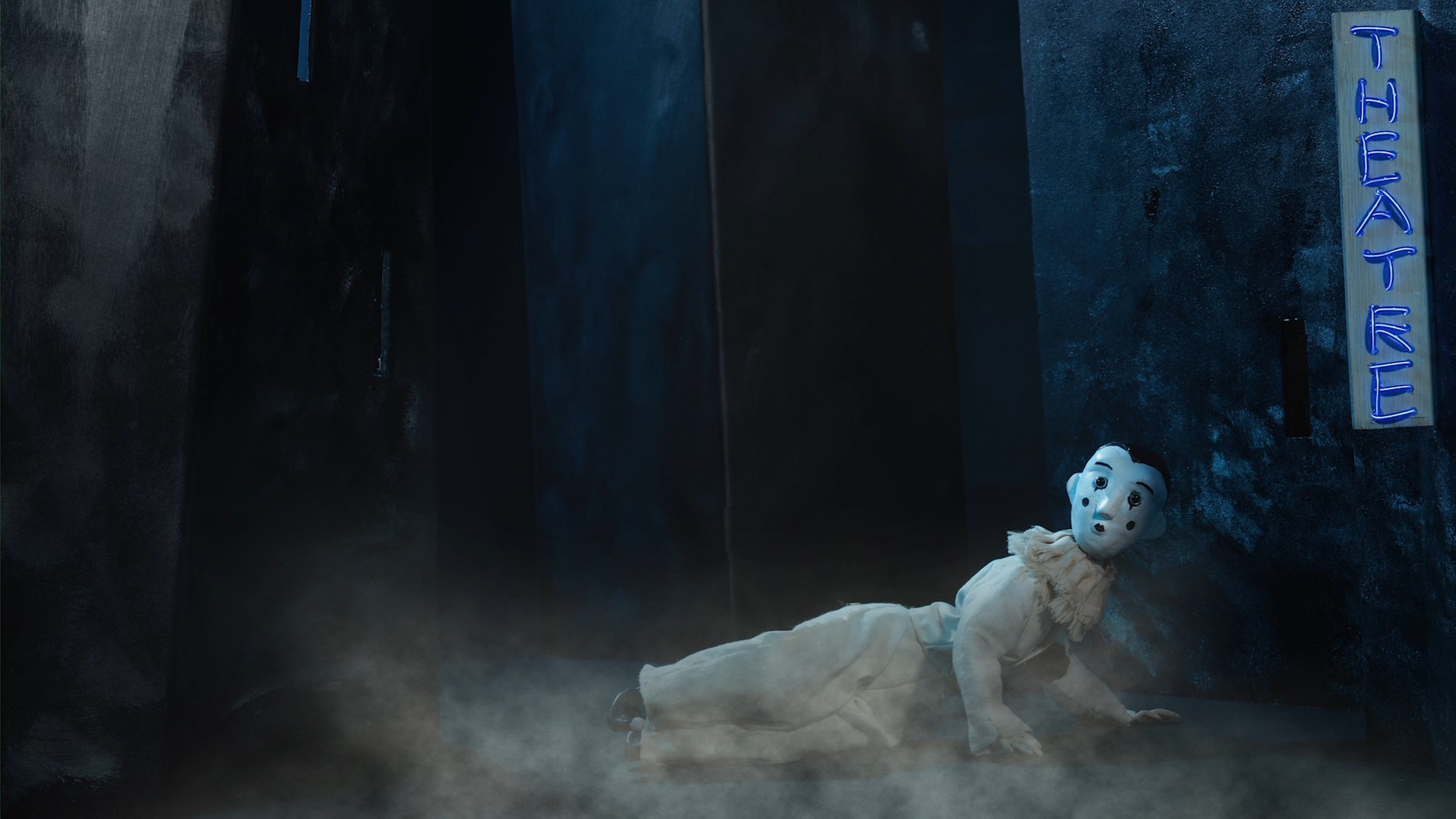
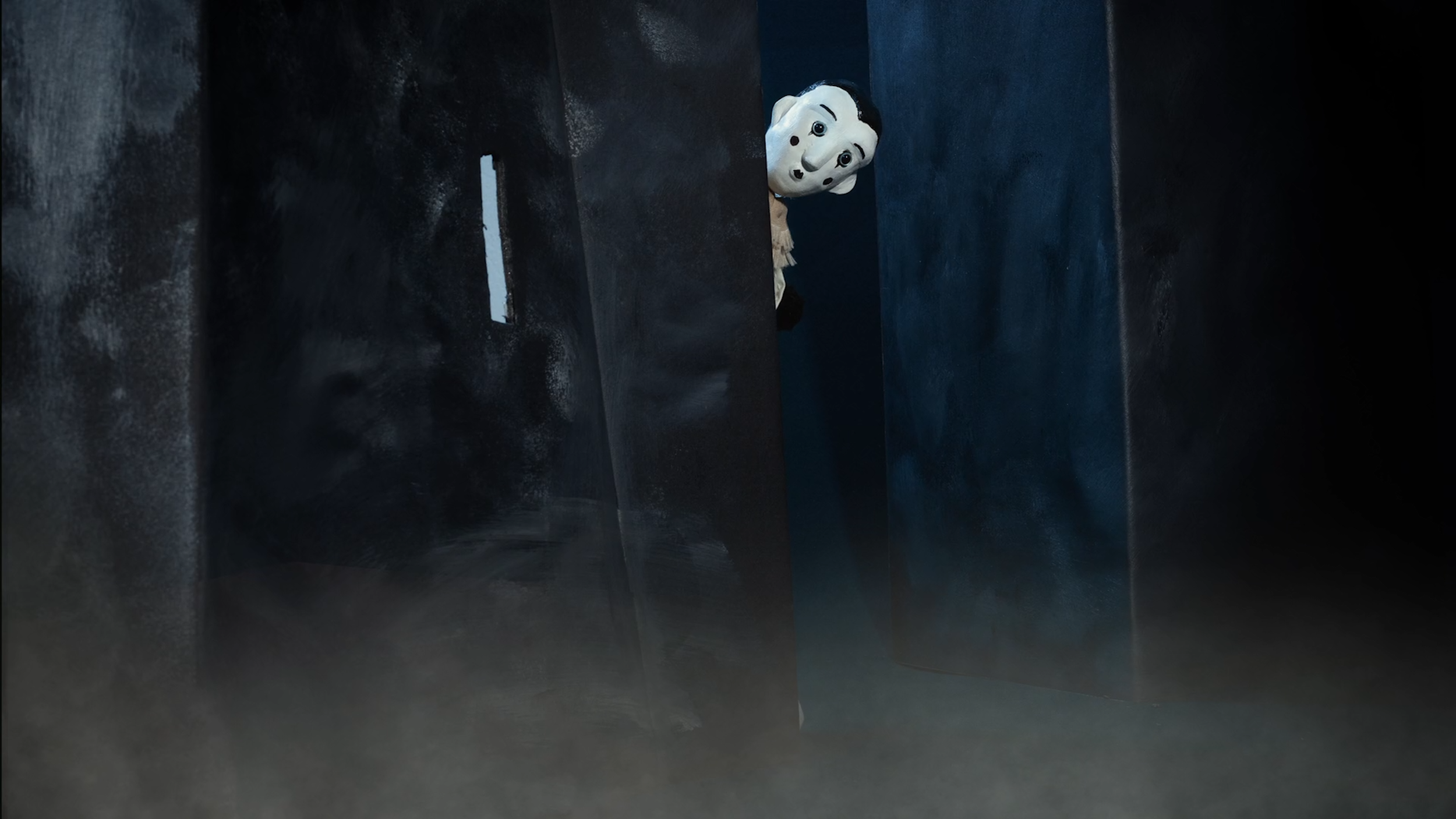
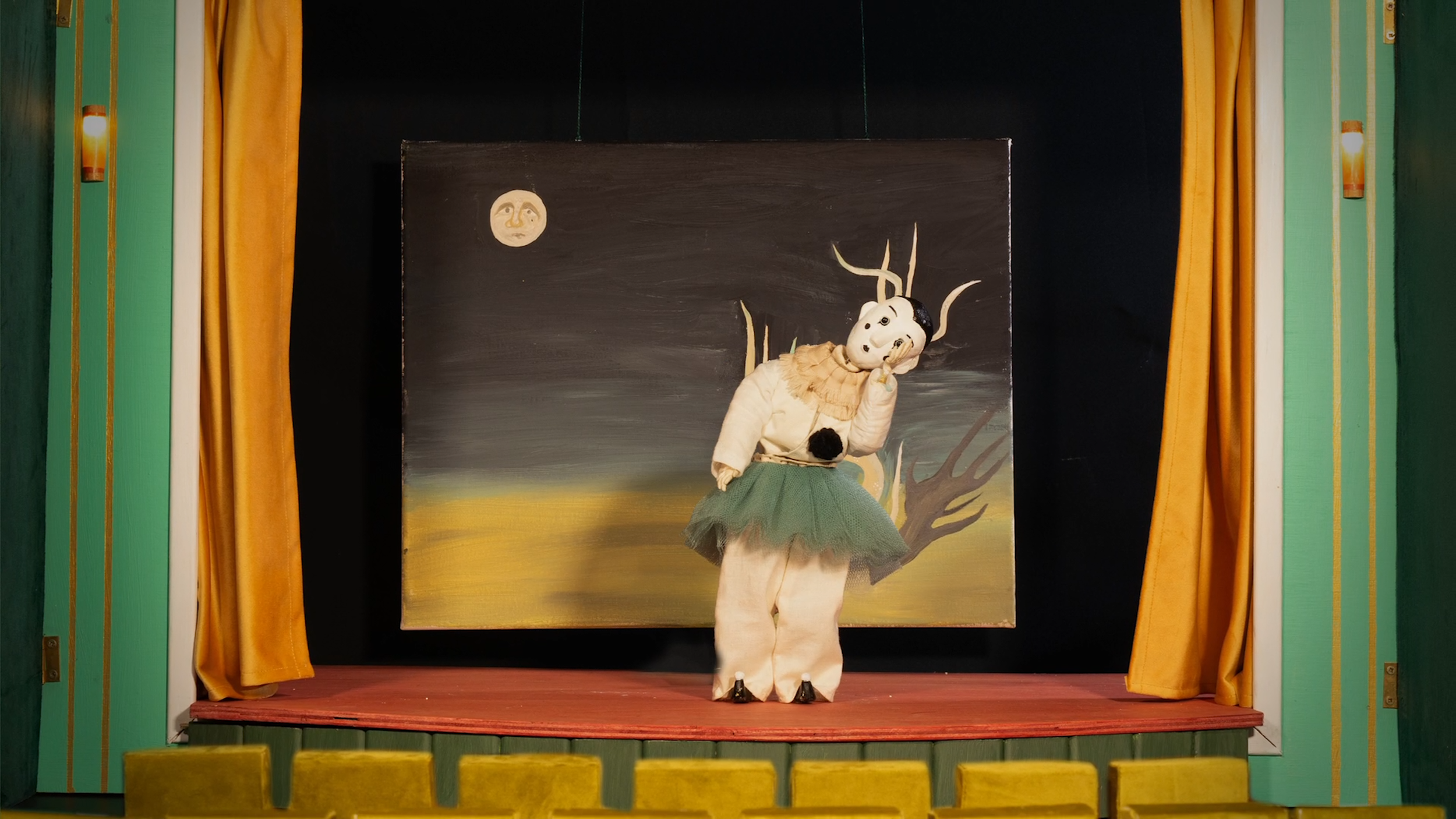
Synopsis
The film begins with the protagonist awakening in a new body, that of the Pierrot clown. He believes that the world around him has been created especially for him and he starts his performance. In this natural paradise, the clown encounters the antagonist, a wolf in sheep's clothing. The wolf seduces him with promises of wealth and status, luring him into a bleak, urban environment. Upon arrival, the clown realizes that reality does not match the wolf's promises, but he can't turn back. In an attempt to find meaning, he seeks solace in the theatre. To his dismay, he discovers the auditorium empty as he performs. With a final dance, he concludes his lonely performance.
Themes
The film delves into human behavior within the dynamic and rapidly changing contemporary world. It explores how we relate to our surroundings and the cost of fulfilling all our needs. This exploration takes place in the form of a fable, a narrative where animal characters exhibit human traits and often convey a moral or lesson through the story's events.The modern fable highlights various lessons. Firstly, the clown discovers that his obsession with his own performance has blinded him to the deterioration of the world around him.
He realizes too late that there is no longer an audience to watch him, a tragic consequence of an increasingly individualistic society. Additionally, the clown succumbs to the allure of the wolf-in-sheep’s-clothing, the deceiver, whose promises of wealth and success prove too good to be true. When the clown realises his mistake, there is no turning back. The green oasis of well-being and harmony has been replaced by a lonely, drab city, a metaphor for the emptiness and isolation associated with capitalism and materialism. The apparent splendour of wealth and material possessions turns out to be an illusion, the true costs of which are only realized later, too late to change.This story draws inspiration from classic works such as the tale of Faust, the ideas of Marx, the literary works of Kafka, and mythological narratives. The theoretical framework of the story aligns with the philosophical concepts of J.S. Austin and J. Butler regarding 'performativity,' combined with criticism of the capitalist system.
About the project
Body’s Blindness was made during an artist residency in Ireland (Working Artist Studios in Ballydehob). "Body's Blindness" was my first introduction to the world of stop motion animation.
Credits
Direction/Sets/Puppets/Animation by Jikke Lesterhuis
Composer / Anna Lesterhuis
Writer & singer / Sam Polman
Narrator / Paul Ó Colmáin
Costume design assistent / Micaela Martinez Saavedra
Felt artist / Mariken Koning
Choreographer / Ruby Josephine Smith (RJDT)
Recording & SFX Artist / Maarten de Groot (M-Works Studio)
Colorist / John Thorborg





